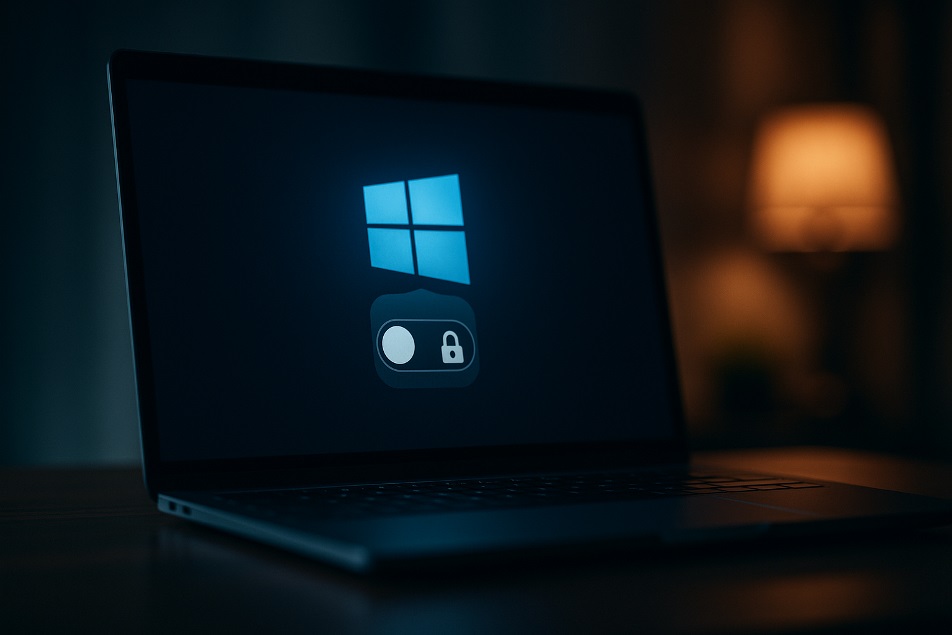
Microsoft pulled Recall last year after a privacy firestorm. Now it’s quietly returning through the Windows Insider channel, this time as an opt‑in preview.
If you’d rather keep your screen history to yourself, keep reading.
Quick Reality Check: Do You Even Have Recall?
- Recall only ships on a windows 11 copilot+ pc that meets strict CPU‑NPU specs.
- Hit ⊞ Win and type Recall. No app? You’re in the clear—for now.
- If it shows up, act fast before snapshots pile up every few seconds.
Step‑by‑Step Tutorial: Nuke Recall Permanently
Follow the five steps below in order. Each removes another layer of the feature until nothing is left to spy on you.
1. Open windows recall settings
- Press ⊞ Win + I.
- Head to Privacy & security › Recall & snapshots.
- Authenticate with Windows Hello when asked.
2. Flip the Kill Switch to disable windows recall
- Toggle Save snapshots to Off.
- This instantly freezes new captures.
3. Hit the Big Red Button: delete recall snapshots
- In the same pane, choose Delete all to wipe existing data.
- Wait until Windows confirms every snapshot is gone.
4. Go Deeper—turn off windows 11 recall at the Feature Level
- Open Turn Windows features on or off from Start.
- Uncheck Recall and click OK.
- Reboot when prompted.
5. Pull It Out by the Roots: uninstall windows recall
PowerShell route for advanced users:
Get-WindowsPackage -Online |
Where-Object { $_.PackageName -like "*Recall*" } |
Remove-WindowsPackage -Online -PackageName $_.PackageName
One command, one reboot, zero leftovers.
6. Bullet‑Proof Your Future
- Group Policy › Computer Config › Administrative Templates › Windows Components › Recall → Disabled
- That single edit locks the door and lets you permanently opt out of windows recall updates.
Also Read: How to Resolve the ERR_SSL_PROTOCOL_ERROR
Double‑Check You’re Free
- Search again for Recall—nothing should appear.
- Task Manager should show no Recall.exe processes.
- Congrats—you just learned how to stop windows recall in under ten minutes.
Conclusion
The revived windows 11 recall feature may look slick, but its always‑on screen logging isn’t worth the risk. Microsoft’s marketing spin calls it recall ai; headlines tag it microsoft recall. Either way, the power to protect your privacy sits with you. Follow the steps above once, and you’re done forever—no hacks, no half measures, just peace of mind.
FAQs
1. Does turning Recall off break any other Windows tools?
No. Recall is separate from Timeline, Snipping Tool, and Copilot. Disabling it leaves all other features intact.
2. Will future Windows updates reinstall Recall automatically?
Not if you removed the package and disabled it in Group Policy. Windows Update respects those settings.
3. Can I pause Recall instead of removing it?
Yes, but pausing is temporary. Restarting or an update can flip it back on. Permanent removal is safer.
4. What about third‑party blockers?
They work, but built‑in methods are cleaner, system‑supported, and won’t trigger antivirus false positives.
5. I keep asking, “can you delete my ai?”—what does that mean here?
Deleting snapshots and uninstalling Recall erases the local AI index entirely; nothing personal stays on disk afterward.